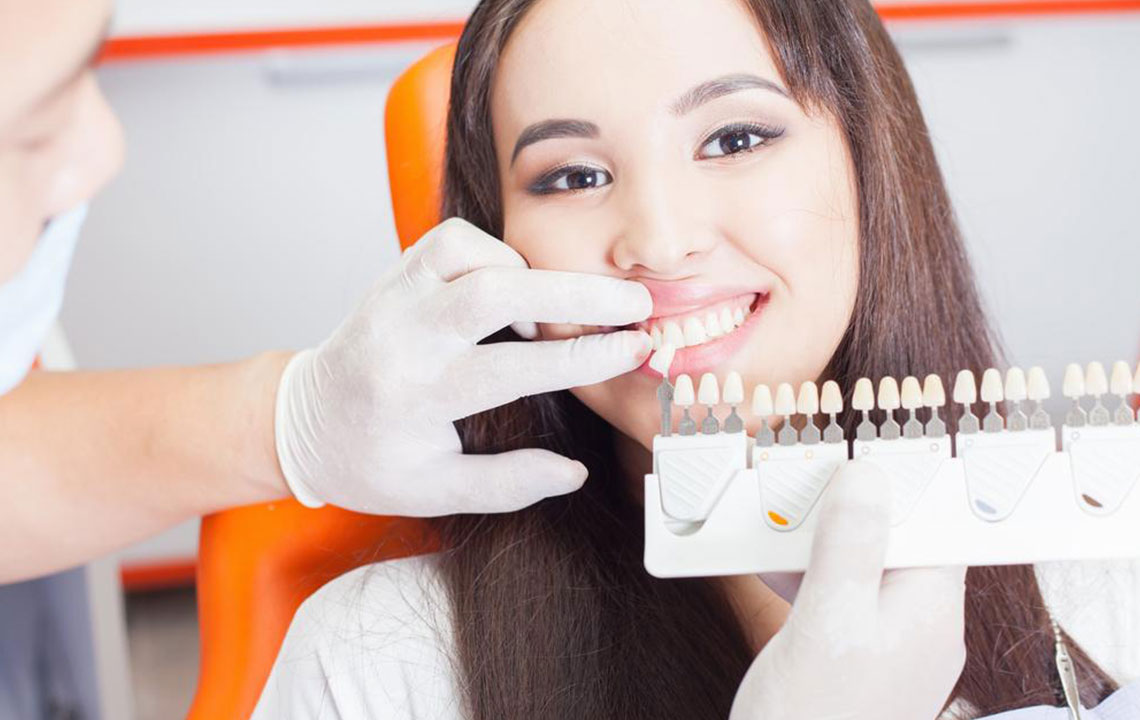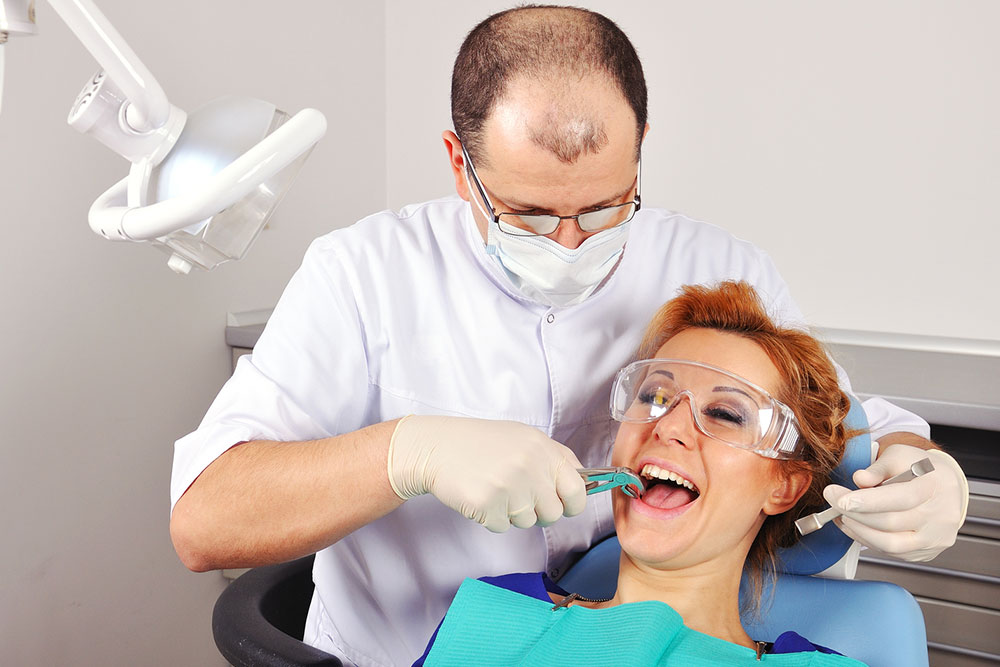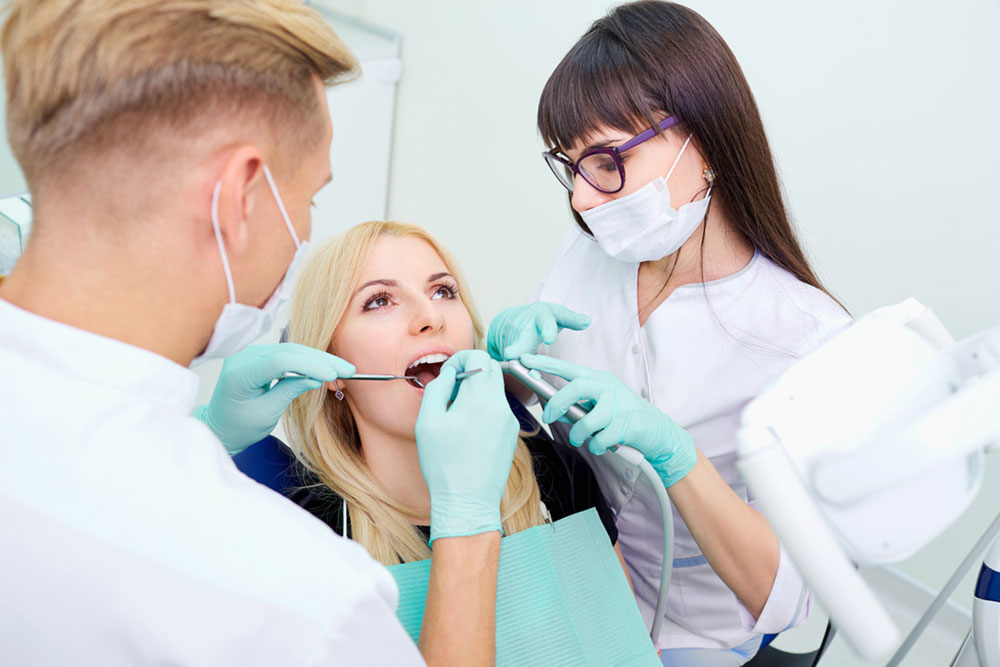Essential Guide to Preparing for Tooth Removal
Learn how to effectively prepare for a tooth extraction with essential steps for both dentists and patients. This guide covers pre-procedure planning, anesthesia, and post-operative care to ensure a smooth experience and quick recovery.
Sponsored

Guide to Getting Ready for Tooth Extraction
Dental experts may recommend tooth removal when decay has severely damaged the tooth, making restoration impossible even with crowns or fillings. Other reasons for extraction include retained baby teeth, preparing for orthodontic treatment, or removing impacted wisdom teeth that cause pain or infection. Patients undergoing chemotherapy, radiation, or with weakened immune systems from organ transplants may also need extractions to prevent complications.
Preparing for a tooth extraction involves several steps for both dentists and patients. Proper planning ensures a smooth procedure and quick recovery.
Dental Preparation
The dentist may recommend a panoramic X-ray to assess the tooth and surrounding structures, including the sinuses, jawbone, and nerves, particularly the inferior alveolar nerve that provides sensation to the lower lip, chin, and jaw.
In some cases, antibiotics are prescribed in advance to reduce infection risk, especially if the procedure is lengthy or the patient has a compromised immune system.
Anesthesia is applied via spray or injections to numb the area, ensuring a painless experience during extraction.
Patient Preparation
Avoid eating or drinking for 6 to 8 hours before the procedure.
If experiencing cold symptoms or nasal congestion, inform your healthcare provider.
Wear loose, short-sleeved clothing to facilitate easy administration of intravenous anesthesia.
Post-Procedure Care
After extraction, the dentist will provide instructions, including pain management and healing tips. Discomfort typically diminishes within a few days, and a follow-up appointment may be scheduled as needed.





